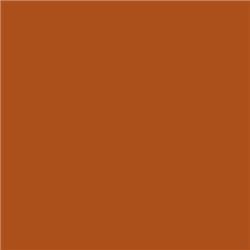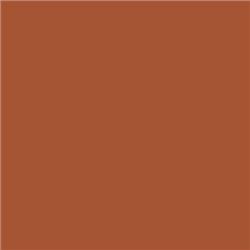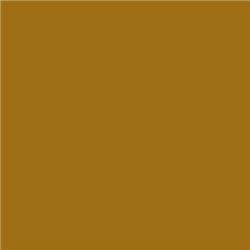Regardless of the subject matter, many model kits are supplied with decals that can be applied to the finished model....
No products
Product successfully added to your shopping cart
There are 0 items in your cart. There is 1 item in your cart.
Search Tips
Christmas and New Year
We are dispatching orders every weekday apart from Christmas Day, Boxing Day and New Year's Day.
If you order is time critical, select next day delivery at checkout.
The shop in Sandown is closed from 25th December, reopening on 30th December.
How can I paint rust effects with just a brush?
To paint realistic rust effects with just a brush, here's a straightforward approach:
Materials you'll need:
- Acrylic paints (a mix of brown, orange, red and black).
- A stiff, worn-out brush or a dry-brush for texture.
- A fine-tipped brush for detailed streaks or spots.
- A palette for mixing.
Steps:
Base Layer: Start by painting the surface with a dark brown or black base coat. This mimics the depth of rust and gives a foundation for layering.
Stipple Technique: Mix a rusty orange or reddish-brown shade. Use a stiff or dry brush, lightly loaded with paint, to stipple over the base coat. Dab rather than drag the brush to create irregular patches.
Layering: Add highlights with brighter orange or yellow tones in uneven patches. This makes the rust look more dynamic and realistic.
Detailing: Use the fine-tipped brush to paint streaks or concentrated spots of rust where water would naturally flow or pool. Blend slightly to keep the effect organic.
Final Touch: Add a few black or very dark brown streaks or spots for contrast and to simulate areas where rust has deepened.
Tips:
- Work with thin layers to build depth gradually.
- Observe real rust patterns for inspiration, focusing on randomness and variation.
- If the surface is textured, use that to your advantage to enhance realism.
Click here to receive the tips weekly in your mailbox. You can unsubscribe at any time.




.jpg)





